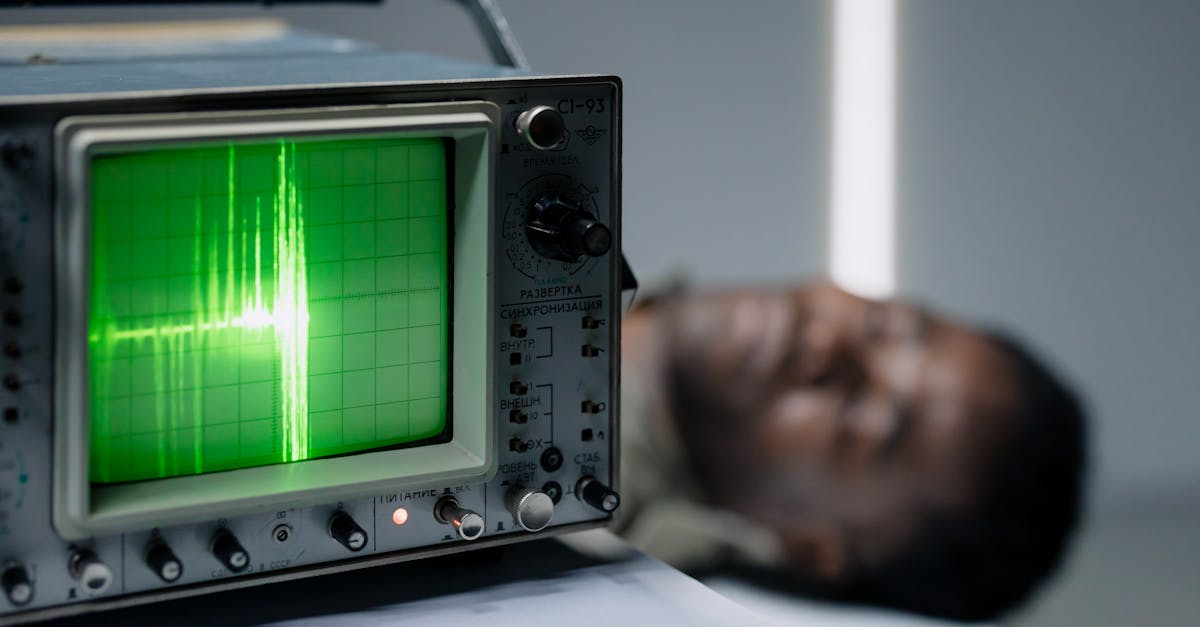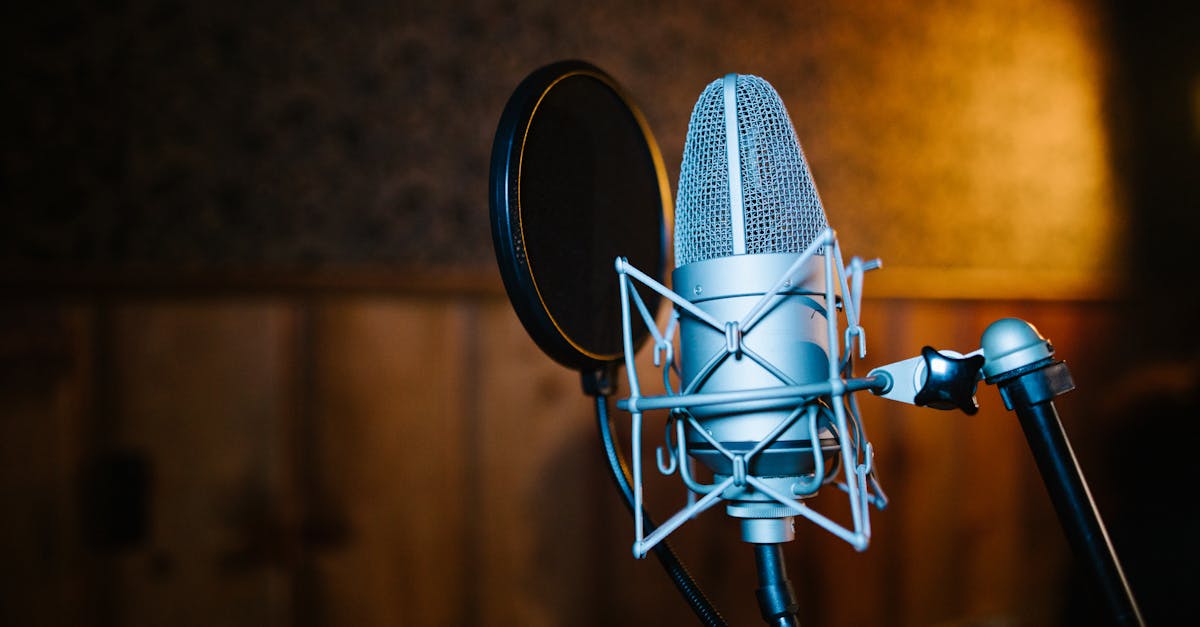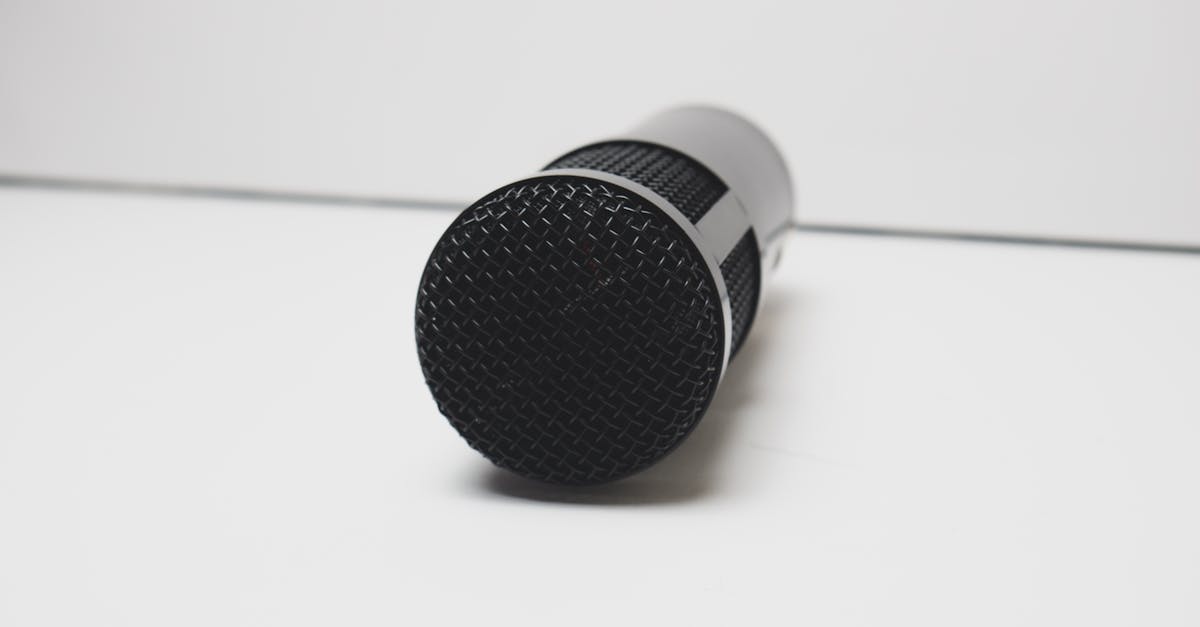Understanding Harmonic Podcast Vibrations
Introduction
Podcasts have transformed the way people consume content, seamlessly fitting into our busy lives. Among the various elements that enhance the auditory experience, harmonic podcast vibrations play a crucial role. These vibrations, a product of sophisticated audio technology, ensure a rich, captivating sound. But what exactly are harmonic vibrations, and why are they significant? As a key component in audio production, they determine the clarity and depth of sound, significantly impacting listener engagement. Let’s delve into the fascinating realm of harmonic podcast vibrations and understand their influence on modern-day media consumption.
Advertisement
The Science Behind Harmonic Vibrations
At its core, harmonic vibrations involve frequencies that are integer multiples of a fundamental tone. These vibrations contribute to the complex layers of sound we hear in a podcast. When audio is recorded, multiple frequencies, including the primary frequency and its harmonics, get captured. The careful balancing of these vibrations ensures that the final audio output is clear and pleasant. Achieving harmonic balance requires intricate audio engineering, where audio mixers and software are used to fine-tune these vibrations. By reducing undesirable harmonic distortions, audio engineers create a more engaging listening experience.
Advertisement
How Harmonic Vibrations Enhance Audio
Harmonic vibrations enrich the breadth and warmth of audio, capturing every nuance of a narrator’s voice or a guest speaker’s emotion. They provide depth to the sound, allowing listeners to feel as though they are present in the conversation. Such enhancements amplify emotions, making storytelling more vibrant and influential. Additionally, harmonic richness ensures that low-quality audio devices still deliver impressive sound. With significant advances in audio editing technology, producers now have greater control over these vibrations, providing listeners with an unparalleled audio quality.
Advertisement
Importance of Audio Quality in Podcasts
Podcasts rely heavily on sound quality to attract and retain listeners. Unlike older radio broadcasts, today's podcasts can leverage technological hybrids such as harmonic vibrations to deliver superior audio experiences. A podcast's success often hinges on its audio clarity, making it easier for listeners to engage over extended periods. Moreover, good sound quality strengthens the brand’s reputation, as listeners associate professionalism with high production standards. The consistent application of harmonic audio techniques ensures that listeners receive the best audible experience across various podcast genres.
Advertisement
Challenges in Balancing Harmonics
Despite the critical role harmonic vibrations play, balancing them poses significant challenges. During production, it’s essential to ensure that harmonics do not overpower the primary audio frequencies. The presence of excessive harmonic vibrations can distort sound, resulting in unpleasant listening experiences. Audio engineers must meticulously adjust frequencies, eliminating any that might cause interference or "noise." Furthermore, the varied equipment used by listeners—from headphones to car stereos—adds another layer of complexity in maintaining consistent audio quality.
Advertisement
Tools and Techniques for Managing Harmonics
Modern audio production tools make balancing harmonic vibrations simpler yet require expert handling. Digital audio workstations (DAWs) offer a range of plugins that allow engineers to adjust and fine-tune harmonic frequencies. Equalizers, compressors, and harmonic exciters are just a few examples of tools used to manipulate the sonic qualities of a podcast. These technologies help maintain the integrity of sound regardless of where or how it is heard. Time and effort spent mastering these tools result in podcasts that stand out in an increasingly crowded market, ensuring both clarity and depth.
Advertisement
The Role of Podcast Hosts in Audio Experience
The human element in a podcast can significantly impact its harmonic soundscape. The way hosts modulate their voices, manage breaths, or react in real-time creates unique harmonic vibrations. Skilled hosts understand the importance of pacing, tone, and emphasis, adapting these elements to enhance listeners’ engagement. Academies for broadcasters often include training on mastering voice control to optimize audio dynamics. By mastering their vocal instrument, hosts play a pivotal role in complementing technically engineered harmonics, creating an immersive auditory experience.
Advertisement
Psychological Impact of Harmonic Vibrations
Sounds influence not only our immediate auditory perception but also our emotions and cognitive responses. Well-balanced harmonic vibrations have been found to induce a state of relaxation or heighten alertness, depending on their structure. Neuro-acoustic research shows that these vibrations can also influence mood, making listeners more receptive to storytelling. This underscores why certain podcasts can captivate listeners, drawing them into the narrative deeply. Through harmonics, audio producers can craft episodes that tailor to the psychological dynamics of their audience’s needs.
Advertisement
Future Trends in Podcast Audio Dynamics
As technology evolves, the potential for harnessing harmonic vibrations in podcasts continues to broaden. Innovations in artificial intelligence and machine learning are set to revolutionize audio production, offering real-time enhancements of voice dynamics. Virtual reality (VR) podcasts, gaining momentum, capitalize on spatial harmonics, adding a new layer of realism. With an ever-increasing demand for high-quality audio content, future developments will likely lean on cutting-edge technology to further fine-tune harmonic vibrations. Such advancements promise to bring more immersive, emotionally resonant audio experiences to listeners worldwide.
Advertisement
Summary and Conclusion
Harmonic podcast vibrations weave a tapestry of sound that enriches the listener's experience. Their careful modulation is crucial for producing engaging, high-quality audio that captivates audiences. Despite the challenges in balancing these frequencies, modern technologies provide tools to optimize soundscapes effectively. As our understanding of auditory perception deepens, the role of harmonics will continue to be at the forefront of audio innovation. Through the science of harmonics, the future of podcasting lies in creating even richer, more immersive audio landscapes that speak directly to the human soul.
Advertisement







